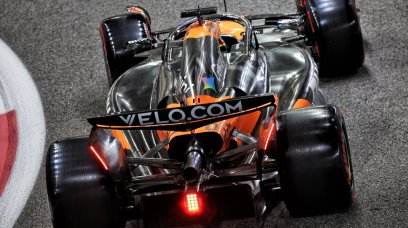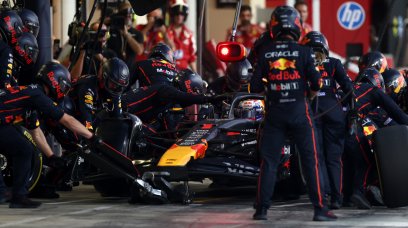Guenther Steiner has revealed the financial cost of Mick Schumacher's terrifying accident during qualifying in Saudi Arabia. The German driver was in a position good enough to make it into the final part of qualifying during the final minutes of Q2 when he lost control of the rear of his Haas after going over an exit kerb. The loss of control resulted in him spinning around and slamming sideways into a solid concrete wall at high speed, before coming to a halt on the opposite side of the track. The crash was bad enough to result in Schumacher requiring precautionary checks in hospital, with the 23-year old then being given a clean bill of health. Despite returning to the paddock and being fit and ready to race, Haas elected to withdraw his entry and concentrate on having their car fully checked over and repaired for the Australian Grand Prix in just under two weeks' time.
How much will Schumacher's crash cost Haas?
Steiner said that, surprisingly, the damage to the car wasn't as extensive as might have been expected from such a high-speed impact. "The chassis in itself doesn't seem to be broken," he told media, including RacingNews365.com . "The side impact structure – you can change them. Obviously, we need to do a proper check on the chassis. But it looks not too bad, to be honest. The engine, I was told from Ferrari, seems to be OK, and the battery pack as well. All the rest is broken!" Despite this seemingly positive outcome, Steiner said the cost to the team is still likely to be high. "I think the cost is still pretty high," he explained, when asked about the financial figure. "All the suspension is gone, except the front-left – there's still something on there. The rest is powder, carbon powder. "I don't know money-wise yet, but [on these] cars, between the gearbox, the bodywork, the radiator – they're all gone. So [between] half a million and a million, I'd say."
Are there any implications for Haas under the budget cap?
With F1 tightening the financial restrictions upon teams for 2022, as the budget shrinks to $140 million dollars for this year, Steiner said that there is an emergency pool of finances in place to cover such incidents. "There is a nominal amount," he explained. "In a racing team, you can't stick to a budget like a normal commercial business, because you have risks. "You have a contingency there but, if you have two or three [crashes] like this, your contingency isn't a contingency anymore. It's a loss! You just need to manage [it] – I hope we don't have a lot more of them."
Most read






